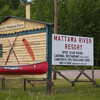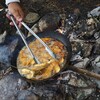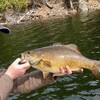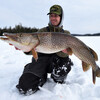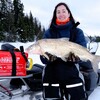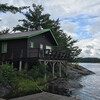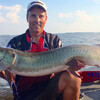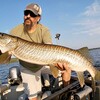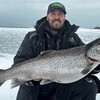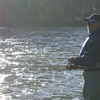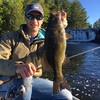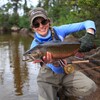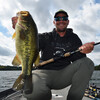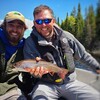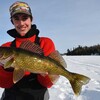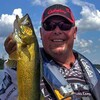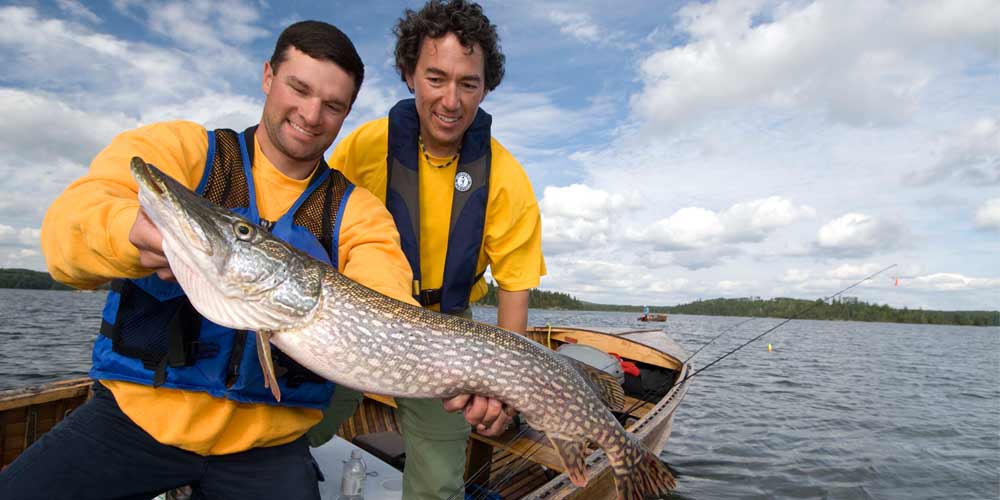Frequently Asked Questions About Grass Carp
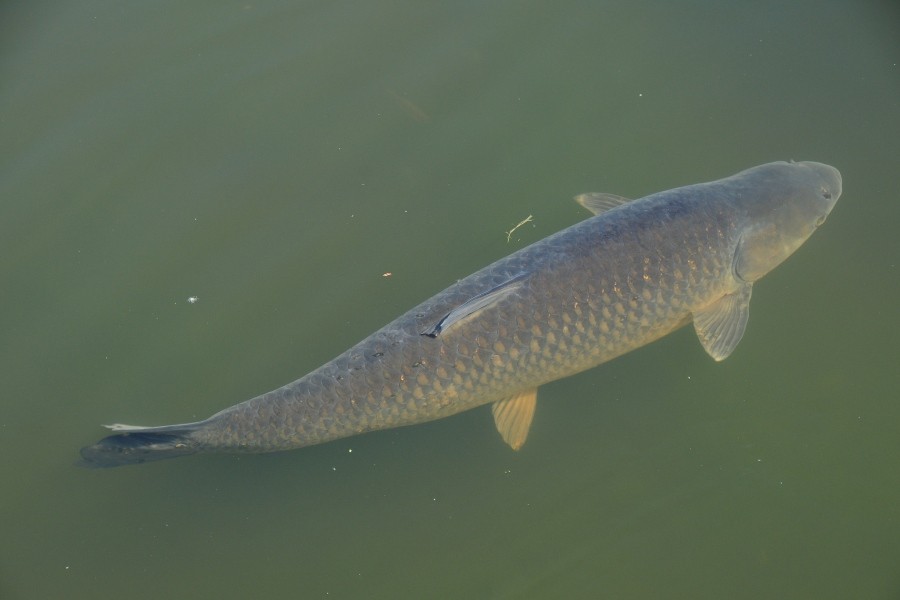
Editor's Note: Grass Carp are invasive fish that pose a threat to the health of lakes and rivers in Canada. Anglers play an important role in the ongoing efforts for early detection and rapid response. This article answers frequently asked questions about Grass Carp and provides helpful resources. Thanks for doing your part in keeping Ontario and Canada’s waterways healthy and thriving!
1. Why Are Grass Carp Considered Invasive In Canada?
For a species to be considered invasive, it must be non-native (not indigenous or naturally occurring to a particular place), and have the potential to cause ecological, social, or economic harm to the new areas/ ecosystems they invade. Grass Carp fit this criterion as they are native to major river systems in China and Russia and threaten the biodiversity and the economic and social values of the Great Lakes Basin.

2. How Did They Get Into U.S. Lakes And Rivers?
Grass Carp were first introduced into the Southern U.S. in the late 1970s for use as biological vegetation control in aquaculture facilities based on their mainly herbivorous diets. Flooding events allowed Grass Carps to escape these facilities and eventually make their way into the Mississippi River Basin, where they are now established and continue to spread.
3. What Are The Laws In Place For Fishing And Catching Grass Carp?
Grass Carp are considered a prohibited species under the Invasive Species Act, meaning it is illegal to possess, sell, trade, transport or release them unless dead and eviscerated (gutted). All Grass Carp captures and sightings should be immediately reported to the Invading Species Hotline at: 1-800-563-7711 or online via EDDMapS.org.

4. How Are Grass Carp Being Kept Out Of The Great Lakes?
Preventing the establishment of Grass Carp in Canadian waters is a joint effort between Fisheries and Oceans Canada (DFO) and the Ministry of Natural Resources and Forestry (MNRF). To achieve prevention and early detection, Fisheries and Oceans Canada works with partners to inform the public on how to identify and report Grass Carp. From May to October every year, DFO and their partners conduct early detection surveillance netting for Grass Carp in high-risk areas of the Great Lakes. MNRF conducts environmental DNA (eDNA) sampling as an additional method for early detection of Grass Carp.
5. What Does It Mean For Grass Carp To Be “Established”?
Grass Carp are currently not established in Canadian waters. This means that although individual captures have taken place, Grass Carp are not naturally reproducing or spawning within Canadian waters but independently travelling here via tributaries. This current unestablished status of Grass Carp in Canadian waters is thanks to rapid detection and quick response that contribute to the prevention of self-sustaining populations within our lakes and rivers. Grass Carp risk assessments suggest that the establishment of Grass Carp in the Great Lakes is dependent on many factors, such as the availability of suitable spawning and nursery habitats, enough individuals for positive population growth, stock size required for effective recruitment, and survival at early life stages (considering predation, food availability and overwinter survival).
6. What Does Grass Carp Eat?
Grass Carp are a serious threat to the well-being of Canada's natural aquatic environments, including the native fishes that call these environments home. Considering the substantial impacts Grass Carp inflict on the ecosystems they invade, it's easy to speculate that they must be predating upon native fishes, but this simply is not the case. Grass Carp are primarily herbivorous fishes with aquatic vegetation making up most of their diets. Although Grass Carp would not directly decrease native fish populations by eating them, the decline of aquatic vegetation could hinder certain species’ ability to reproduce successfully, hide from predators, hunt prey, and find suitable habitats, or nesting sites. Aside from aquatic vegetation, Grass Carp may also consume detritus, insects, small fish, earthworms, and other invertebrates.
7. Can You Eat Grass Carp?
Yes, however, Grass Carp are relatively bony fishes which could make developing a market for them challenging. Not to mention there are currently no established populations of Grass Carp anywhere in Canadian waters. Therefore, it is not necessary to create a market for a fish that is not here.

8. How Many Grass Carp Are Required To Form An Established Population?
It is predicted that as few as 10 mature females and 10 (or fewer) mature males in the Great Lakes basin have a greater than 50% chance of successfully spawning if the fish locate suitable spawning rivers.

9. How Big Can Grass Carp Get?
Very big. Grass Carp can reach sexual maturity in as little as two years, but usually do not stop growing until they reach about ten years of age. Once fully grown, Grass Carp can reach lengths up to 5 feet long, and weights surpassing 80 pounds!

10. How Could The Establishment Of Grass Carp Impact Canada’s Fishing Industry?
The Canadian recreational fishing industry is worth approximately USD 556 million, and Grass Carp would negatively influence the industry by generating a decline in populations of popular angling species through direct competition for resources and crucial habitat. Anglers contribute huge sums of money to the economy via fishing licenses, purchasing fishing equipment, gear, and tourism. Reductions in these vital purchases are expected upon Grass Carp's establishment. Reduced recreational fishing due to Grass Carp could also cause a cascading effect on small businesses and livelihoods that depend on the growth of the recreational fishing industry, such as bait and tackle shops.
11. How Can Anglers Help Keep Grass Carp Out Of The Great Lakes?
Anglers have the most influential role in the prevention of Grass Carp, as they are usually the first to detect sightings due to their frequency on the water! As a regular angler of the Great Lakes, it is crucial to learn Grass Carp identification as well as proper reporting protocols. If you think you have captured a Grass Carp or any other invasive aquatic species, DO NOT release it back into the water! Click here to view the Grass Carp Identification & Reporting Guide. All invasive species, including Grass Carp, can be reported to the Invading Species Hotline at 1-800-563-7711, online via EDDMaps.org, or the EDDMapS App (available for Apple and Android).

Have more questions about Grass Carp that weren’t answered above?
Contact the Invasive Species Centre at info@invasivespeciescentre.ca!
Recommended Articles
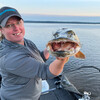
Become a World-class Fishing Guide
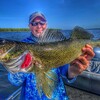
The Northern Walleye Dream

Big Hook Camps
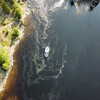
3 Great Walleye Lakes
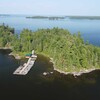
Eagle Lake Island Lodge
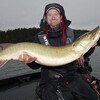
Killarney’s Pike Fishing Paradise
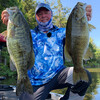
The Lake With Giant Bass
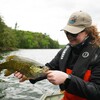
Fishing The Shoulder Season
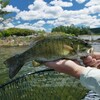
Smallmouth Bass With Still Water Fishing and Tours
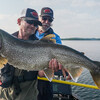
Lake Temagami Fishing

A Remote Fishing Adventure with White River Air
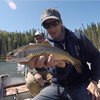
Troutfly Outpost is a Multi-Species Factory
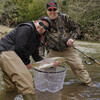
Fishng the Upper Ganaraska
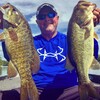
Bass Abound
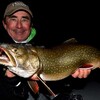
The Best Fishing Days
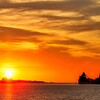
The Largemouth Show
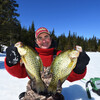
Ideal Christmas Gifts For The Northern Ontario Ice Angler
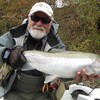
Saugeen River Fishing
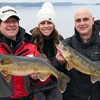
The Joy of Fishing
